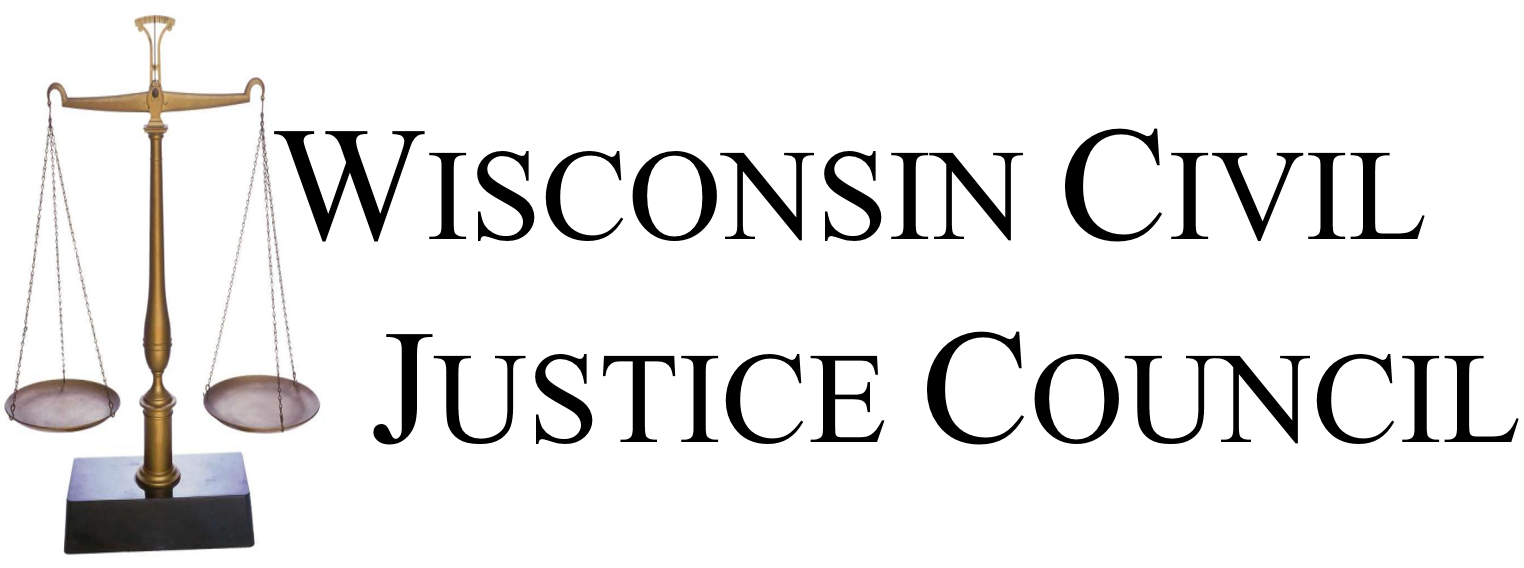The Wisconsin Supreme Court held oral arguments on Monday, Nov. 4 and will also hold oral arguments on Monday, Nov. 25. Cases of note include:
Mueller v. TL90108, LLC (Wrongful Taking and Detention) – Nov. 4
In this case, the Supreme Court will determine what constitutes the “cause of action” in a wrongful taking and wrongful detention case and thus triggers the six-year statute of repose under Wis. Stat. §§ 893.35 and 893.51.
In 2017, the owners of a valuable classic car that was stolen in 2001 filed this complaint to recover the car against TL90108, which had bought the stolen car. TL argued that the plaintiffs’ claims were barred by the six-year statute of repose, which TL said began in 2001, when the car was first stolen.
The Court of Appeals found that the plaintiffs’ claims were not barred because the cause of action took place not when the wrongful taking occurred but when the wrongful detention occurred, i.e. when the plaintiffs demanded return of the car and TL refused.
The Supreme Court will decide whether the statute of repose in §§ 893.35 and 893.51 can begin again when the current possessor wrongfully detains property that had been wrongfully taken beyond the statute of repose.
Lang v. Lions Club of Cudahy Wisconsin, Inc. (Recreational Immunity) – Nov. 4
In this case, the Supreme Court will decide whether a sound engineer setting up cords at a musical performance was the “agent” of the event organizer, making the sound engineer immune from liability under Wisconsin’s recreational immunity statute (Wis. Stat. § 895.52).
At an event run by the Lions Club, plaintiff Antoinette Lang tripped over an electrical cord placed by sound engineer Fryed Audio, LLC. Fryed’s principal and a member of the band using the cords, Steve Fryed, positioned the cord prior to the event. While a separate case ruled the Lions Club was entitled to recreational immunity, the appeals court said Fryed was not an “agent” or “occupier” immune under the statute (Wis. Stat. § 895.52). Read more about the case.
DSG Evergreen Family Limited Partnership v. Town of Perry (Eminent Domain) – Nov. 4
The Supreme Court will determine whether plaintiffs have a private right of action and whether claim preclusion applies in eminent domain cases where the town promised but did not uphold certain construction standards after compensation proceedings.
The land taken by the Town of Perry in this case included a road, and the condemnation petition required the town to replace the road at a different location. DSG argued that the new road did not meet the “same construction standards” as the former road, violating the petition.
The appeals court held that DSG had no private right of action requiring the town to comply with certain construction standards under Wis. Stat. § 82.50(1) in completing the new road. Furthermore, DSG had no private right of action under the town’s ordinances.
The appeals court further held that claim preclusion applied because DSG failed to bring up its road construction standards argument in previous proceedings regarding just compensation for the eminent domain condemnation of its property. Read more about the case.
Emer’s Camper Corral, LLC v. Alderman (Negligent Procurement) – Nov. 25
The Supreme Court will review this issue of first impression: whether plaintiffs claiming negligent procurement by an insurance agent must establish that they could have obtained a non-injurious policy but for their agent’s alleged negligence.
In this case, the appeals court held that Camper Corral failed to produce evidence that it could have otherwise obtained a desired policy, so its agent Alderman did not cause Camper Corral’s damages. With no Wisconsin precedent to rely on, the appeals court looked to a Minnesota decision that requires plaintiffs to show they would have been able to obtain the desired policy terms absent the agent’s negligence. Camper Corral did not produce evidence to prove it could have obtained the desired hail damage policy, so its negligence claim failed. Read more about the case.
